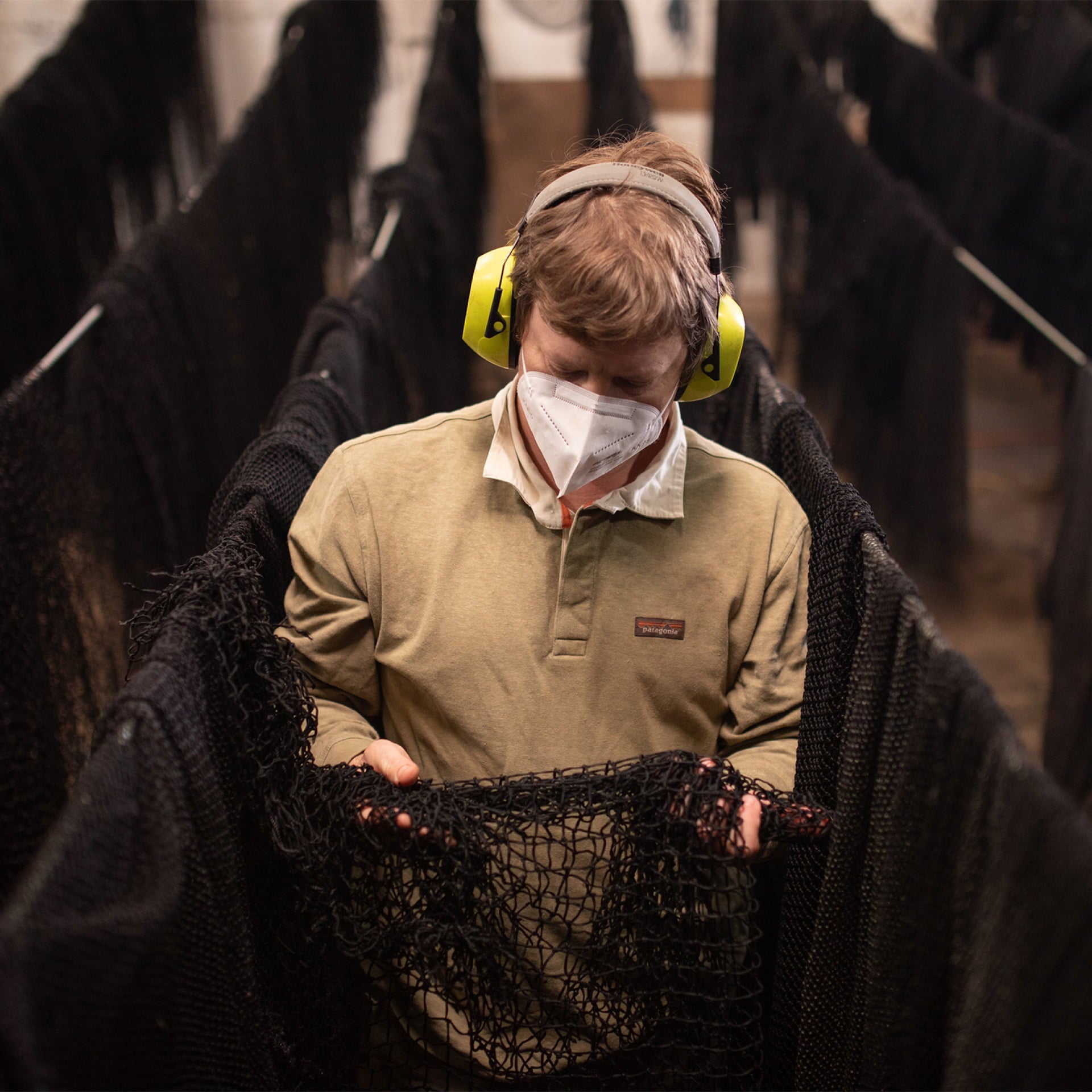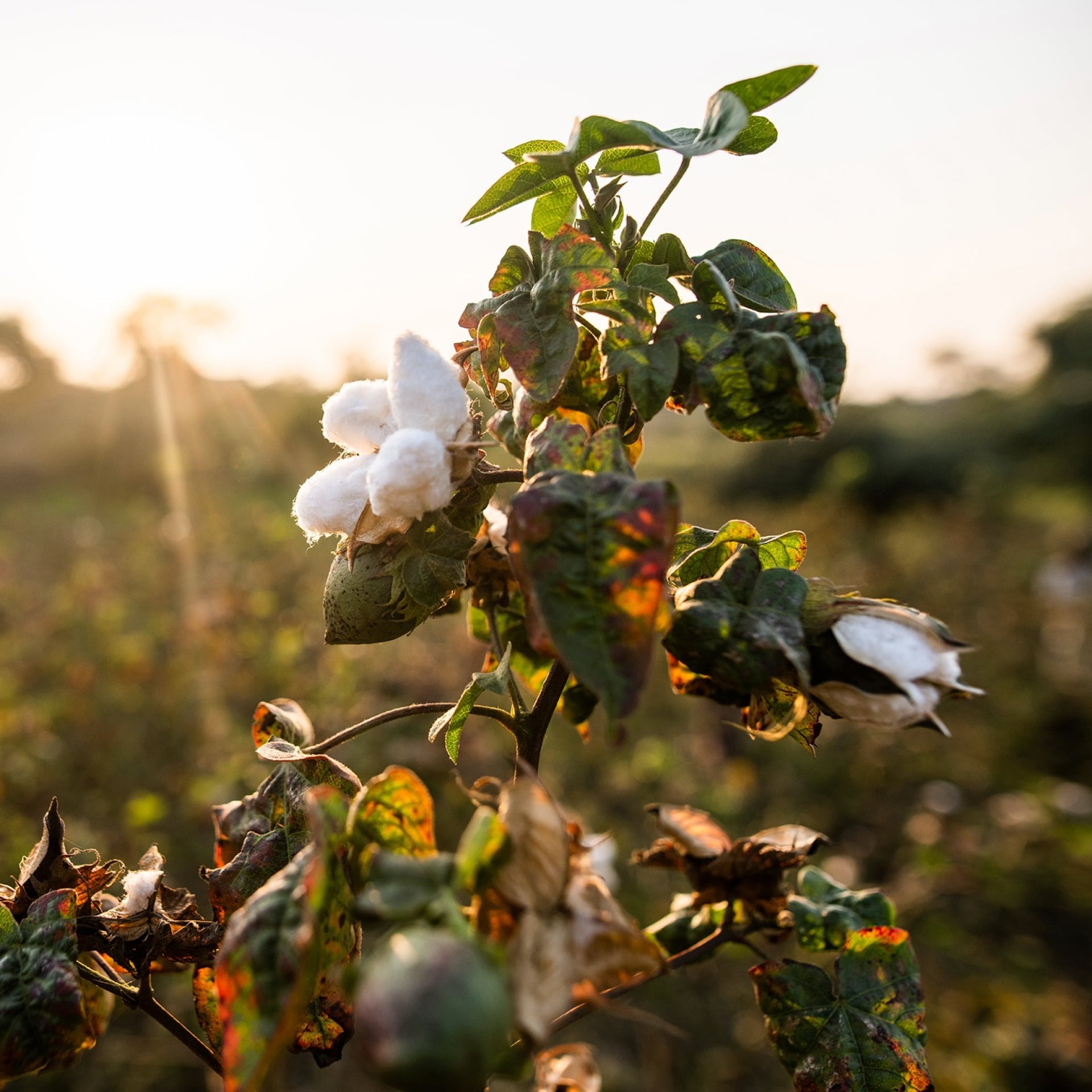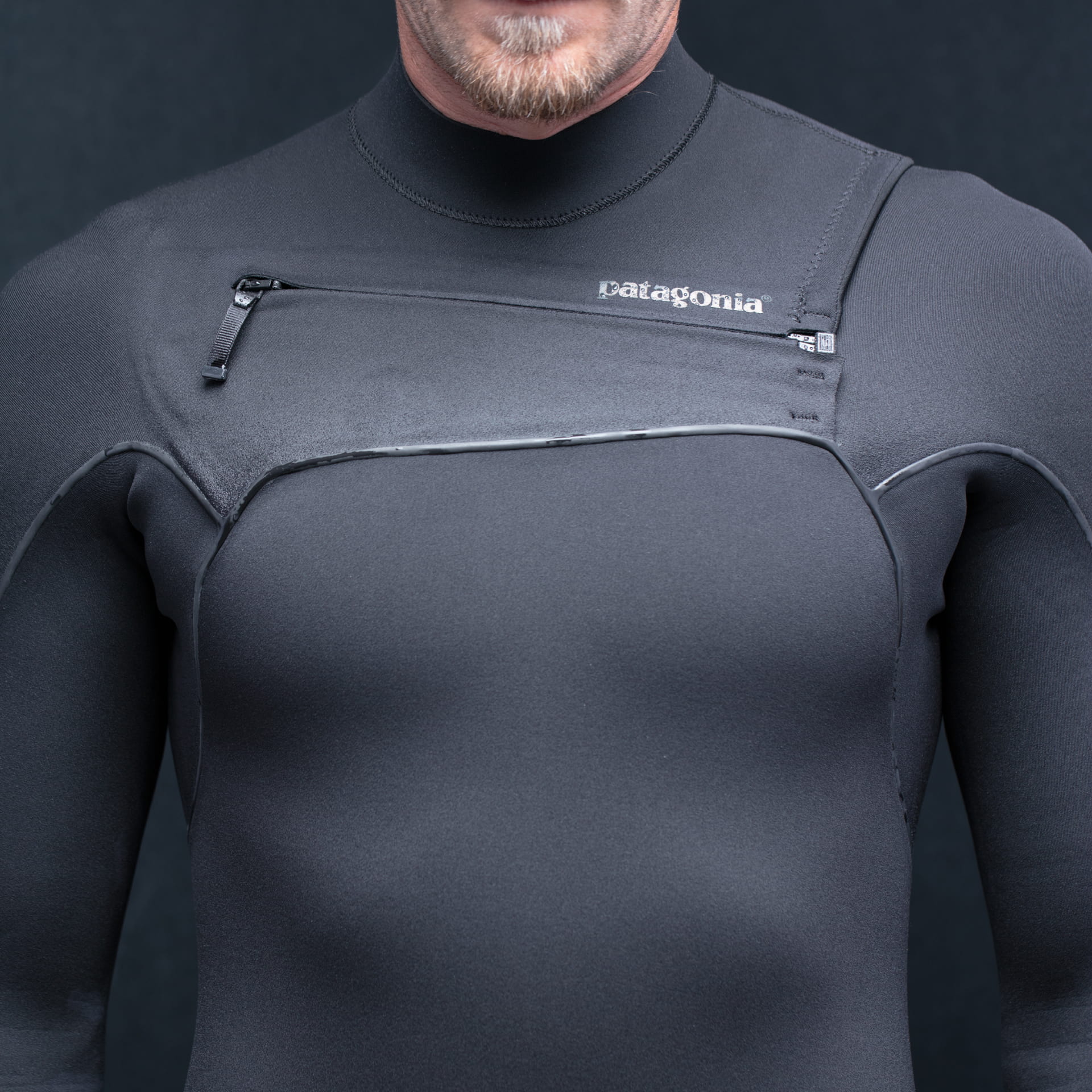[[article_title]]
[[article_description]]
[[article_excerpt]]
[[article_title]]
[[article_readtime]]
radial-gradient(rgba(255, 255, 255, 1) 50%, rgba(255, 255, 255, 1) 100%, rgba(215, 204, 250, 1) 100%)

The climate crisis is an existential threat, and every part of Patagonia’s business is implicated. We must radically reduce carbon emissions by transforming how we make our products. We must also double down on our work to help communities get off fossil fuels and protect nature, the original climate solution. And we must demand nothing short of systemic change from government and industry. The fight is on every front.












“The climate crisis poses an
existential threat; if we don’t clean up
our mess, we’ll be history. Business
has a role to play, but it’s only one
lever. We must use all the tools at our
disposal to secure a safer, more
just future.”